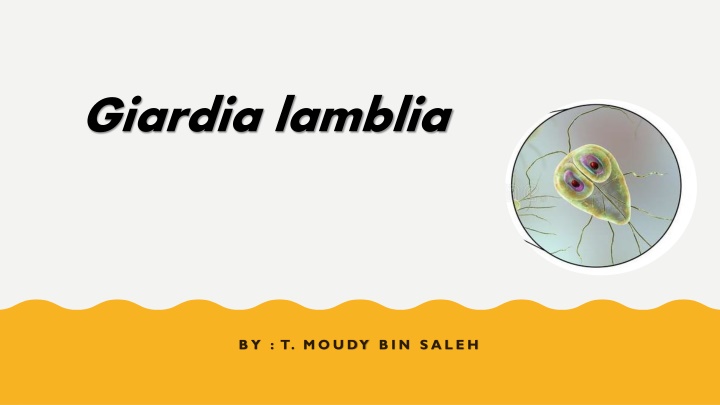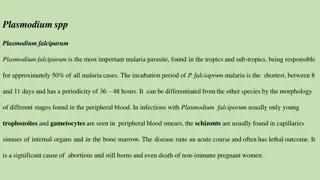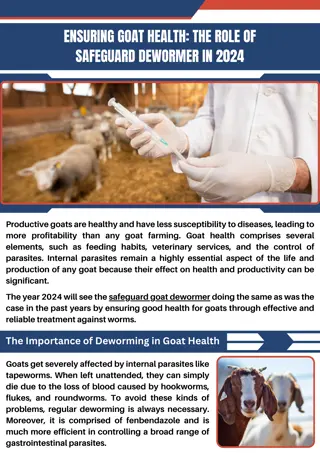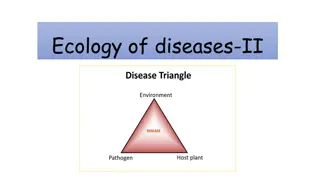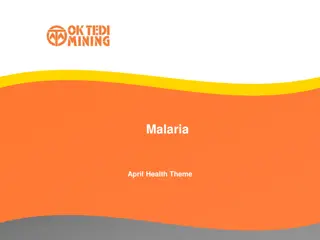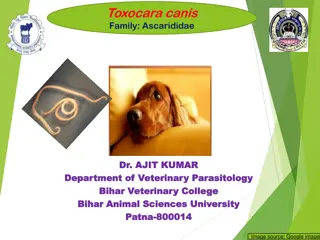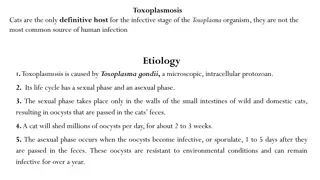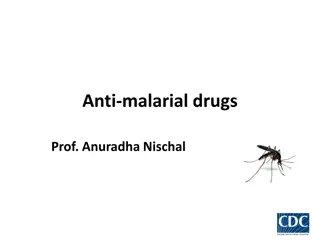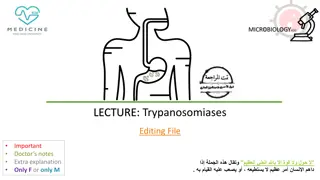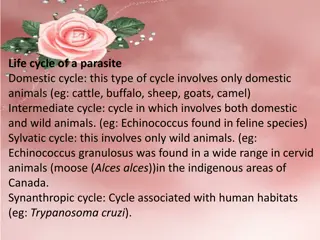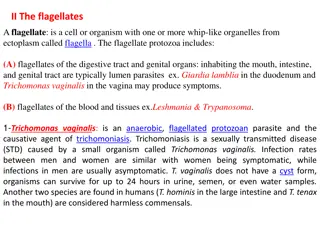Overview of Giardia lamblia Parasite and Giardiasis Disease
Giardia lamblia, also known as Giardia intestinalis, is a flagellated parasitic microorganism that causes giardiasis by colonizing the small intestine. It infects humans, cats, dogs, and birds, and is a common parasitic human disease globally. Giardiasis, popularly known as beaver fever, can lead to symptoms such as diarrhea, abdominal pain, and weight loss. Risk factors include travel to countries where giardiasis is common and close contact with infected individuals. The lifecycle involves cysts and trophozoites, with mature cysts containing four nuclei. Understanding Giardia and giardiasis is important for prevention and treatment.
Download Presentation

Please find below an Image/Link to download the presentation.
The content on the website is provided AS IS for your information and personal use only. It may not be sold, licensed, or shared on other websites without obtaining consent from the author.If you encounter any issues during the download, it is possible that the publisher has removed the file from their server.
You are allowed to download the files provided on this website for personal or commercial use, subject to the condition that they are used lawfully. All files are the property of their respective owners.
The content on the website is provided AS IS for your information and personal use only. It may not be sold, licensed, or shared on other websites without obtaining consent from the author.
E N D
Presentation Transcript
Giardia lamblia B Y : T. M O U DY B I N S A L E H
In general Giardia lamblia, also known as Giardia intestinalis, is a flagellated parasitic microorganism, that colonizes and reproduces in the small intestine, causing giardiasis. the parasite attaches to the epithelium by a ventral adhesive disc or sucker, and reproduces via binary fission. Giardia infects humans, but it is also one of the most common parasites infecting cats, dogs and birds. Mammalian hosts also include dozens of species.
Scientific Phylum: Metamonada classification Order: Diplomonadida Family: Hexamitidae Subfamily: Giardiinae Genus: Giardia Species : G. Lamblia G. Intestinalis
Giardiasis Itis a zoonotic disease popularly known as beaver fever. About 10% of those infected have no symptoms. They may, however, still spread the disease. When symptoms occur they may include diarrhea,abdominal pain, and weight loss. it is one of the most common parasitic human diseases globally . In 2013, there were about 280 million people worldwide with symptomatic giardiasis.
Risk factors According to the researches , "Those at greatest risk are travelers to countries where giardiasis is common, people in child care settings, those who are in close contact with someone who has the disease. n the United States, giardiasis occurs more often during the summer. This is believed to be due to a greater amount of time spent on outdoor activities and traveling in the wilderness.
Cysts Giardia cysts are oval to ellipsoid and measure 8-19 m (average 10-14 m). Mature cysts have 4 nuclei, while immature cysts have two. Nuclei and fibrils are visible in iodine-stained wet Giardia cysts in a wet mount mounts. stained with iodine.
Trophozoites Giardia trophozoites are pear-shaped and measure 10-20 micrometers in length. In permanent, stained specimens, 2 large nuclei are usually visible. The sucking disks (used for attaching to the host s mucosal epithelium), median Giardia trophozoite in a wet mount stained with iodine. bodies, and flagella (8) may also be seen.
Under a normal compound light microscope,Giardia often looks like a "clown face , with two nuclei outlined by adhesive discs above dark median bodies that form the "mouth".
An SEM micrograph of the small intestine of The Giardia trophozoites between the a gerbil infested with Giardia reveals a cells (H & E 400x). mucosa surface almost entirely obscured by attached trophozoites.
